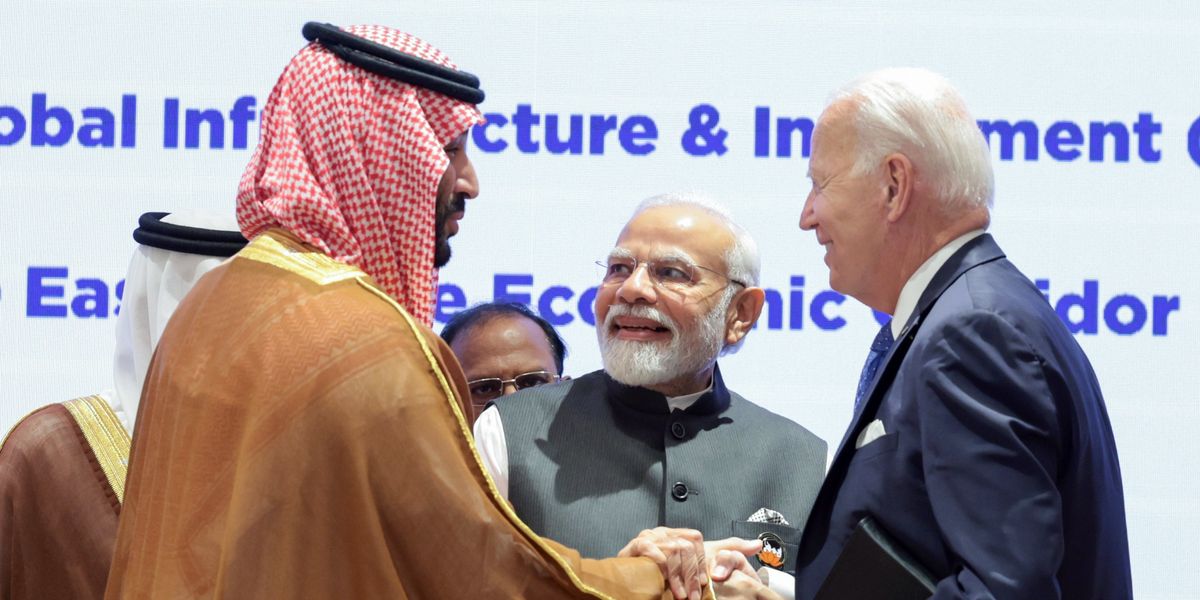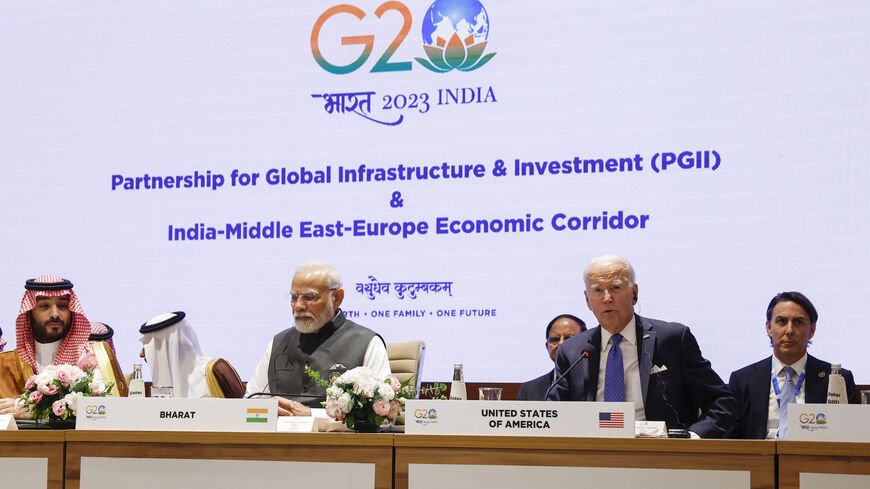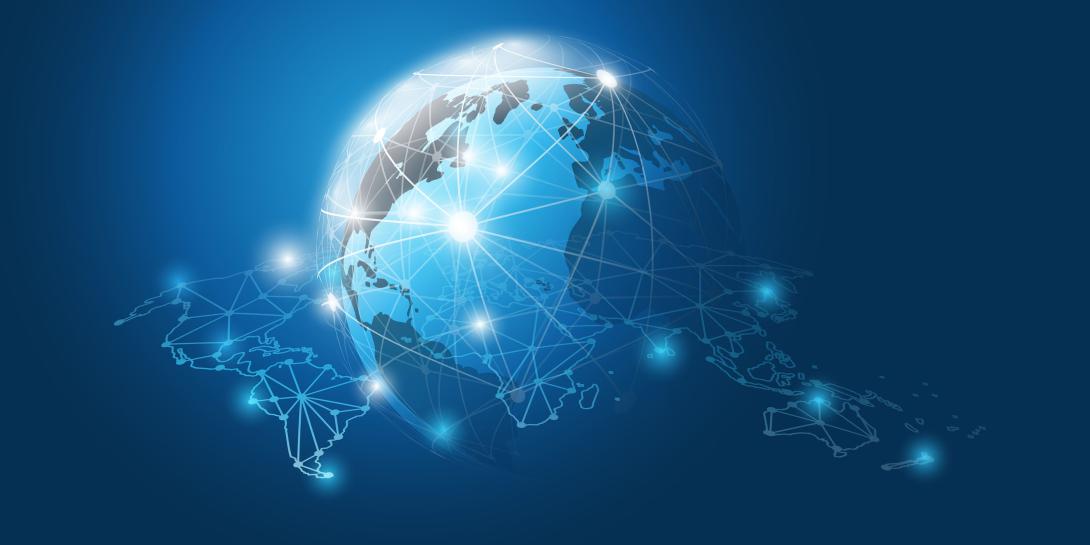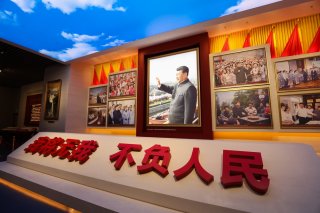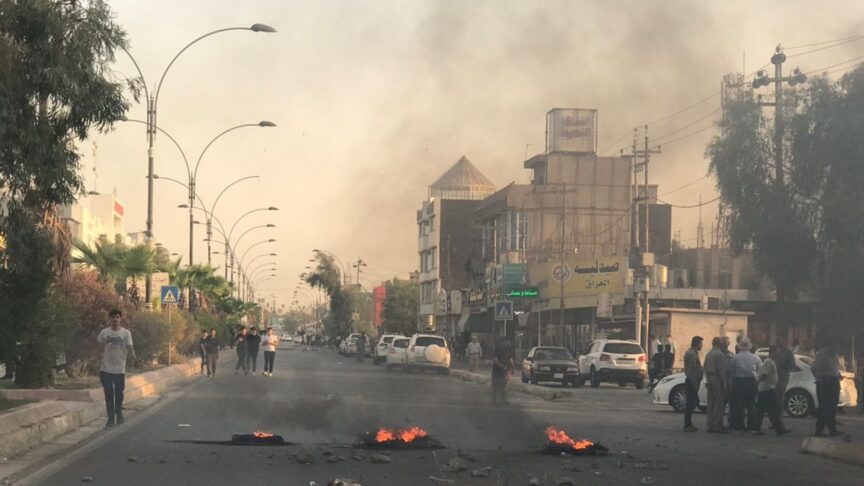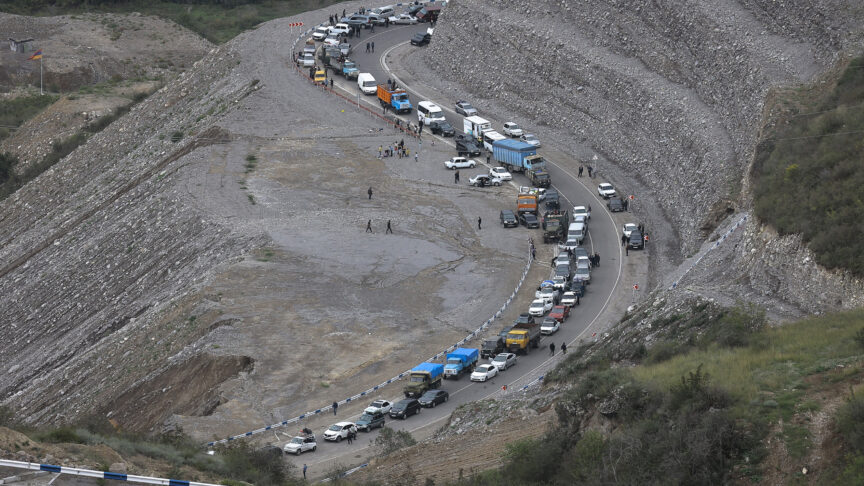Billy Perrigo
 Set back from a dusty highway in South India, three newly completed factory buildings rise up behind a black spiked iron fence. In their shadow, several yellow construction vehicles sit beside mounds of upturned soil and the skeleton of a half-built warehouse. On a May afternoon this year, a group of women in blue and pink uniforms hurried from one building to another over the din of traffic and construction.
Set back from a dusty highway in South India, three newly completed factory buildings rise up behind a black spiked iron fence. In their shadow, several yellow construction vehicles sit beside mounds of upturned soil and the skeleton of a half-built warehouse. On a May afternoon this year, a group of women in blue and pink uniforms hurried from one building to another over the din of traffic and construction.This factory complex in Sriperumbudur, an industrial town in Tamil Nadu state, is one of Apple’s most important iPhone assembly hubs outside of China. It is operated by Foxconn, a Taiwan-based electronics manufacturing company. Three times per day, the gates to this factory open to swallow buses ferrying thousands of workers—around three-quarters of them women. These workers spend eight hours per day, six days per week, on a humming assembly line, soldering components, turning screws, or operating machinery. The factory is one of the biggest iPhone plants in India, with some 17,000 employees who churn out 6 million iPhones every year. And it’s fast expanding.
Most of the 232 million iPhones Apple sold in 2022 came from factories in China, with many of them originating from a single massive Foxconn facility in Zhengzhou. But shifting geopolitical tides have recently forced Apple to re-evaluate its exposure to China. First came the pandemic, when Beijing’s harsh lockdowns badly disrupted global supply chains. Now U.S. intelligence assessments,
